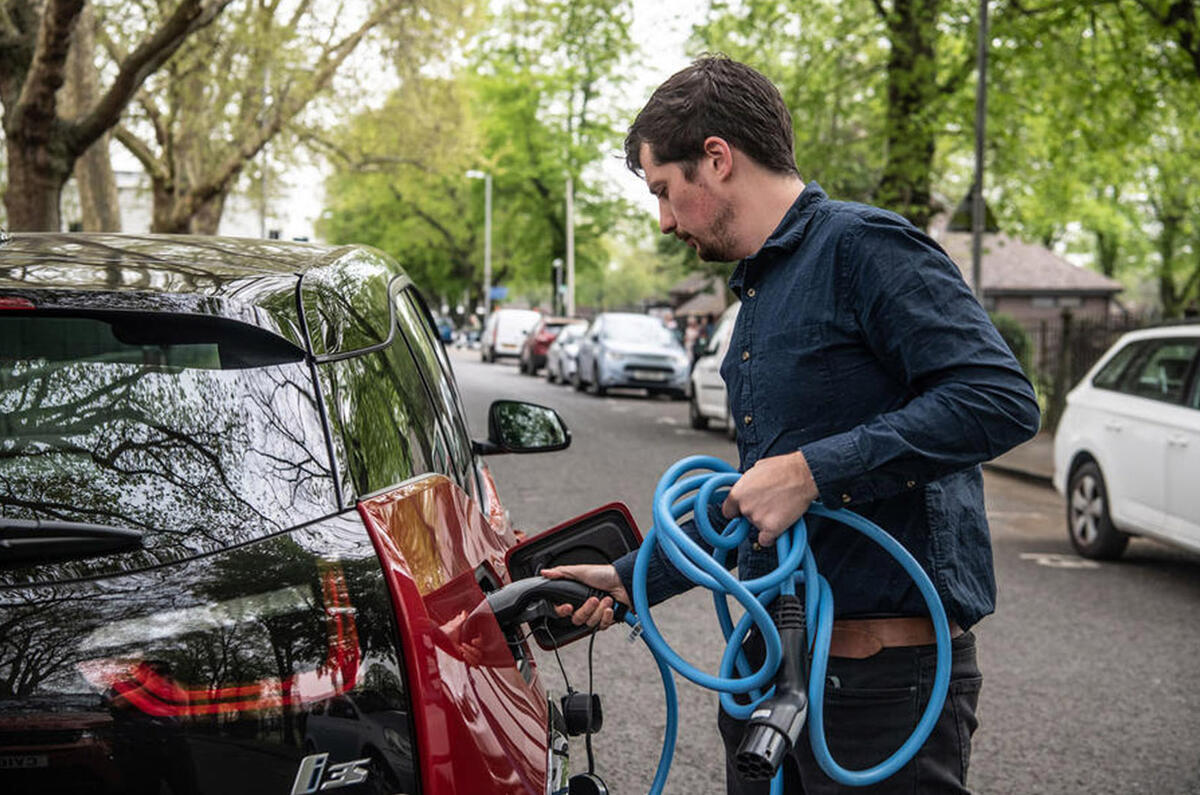For many potential EV customers one of the biggest potential stumbling blocks before purchasing is ‘range anxiety’.
Yet with battery technology improving all the time, electric cars can travel further on a single charge than ever before.
Even so, there are ways you can eek out your electricity reserves even further, so here are our top 10 tips for extending your range.
1. Battery size
Okay, this might seem obvious, but the bigger the battery in your car the further it will go before needing to be recharged. Unlike some devices, such as laptops and phones, you can’t currently upgrade your EV’s cells once it’s been built, but you often get a choice when ordering a new car and when buying used.
For example, the Nissan Leaf is available with either a 40kWh or a 62kWh battery, the former giving a claimed 168 miles of range, while the latter delivers an impressive 239 miles. Obviously the larger the battery the higher your financial outlay, but if you can stand the cost then this is an example of bigger really meaning better.

2. Regenerative braking
All EVs feature regenerative braking, a system that uses the electric motor as a generator to send energy back into the battery every time you lift off the accelerator or brush the brakes. It’s usually only a small amount of electricity that’s generated, but use the set-up effectively to avoid engaging traditional friction brakes and you can add more miles to the range than you'd think.
This is particularly true of EVs that allow you to alter the level of resistance from the generator to deliver a stronger braking effect therefore releasing more energy to be ploughed back into the battery. Cars such as the Leaf, Mini Electric and Peugeot e-208 can effectively be driven in one pedal mode, allowing you to come to an almost complete stop without ever touching the traditional friction brakes.








Join the debate
Add your comment
Better still, do all these thngs (almost) with a modern petrol car and see how little fuel it uses!
Now, silly question: why do BMW produce the fabulous monster featured in this issue? Very short planned life? Or whatother longer term reaons?
We should be told!
' A clean car will scythe through the air with less drag than a dirty one' I don't think so unless you have great clods of earth stuck on your bonnet!
CdA is calculated from the slipperiness times the frontal area. An outer coating of dirt all over the car is not going to affect that to any noticable extent. In some cases it may even help the boundary layer effect at higher speeds.
Tyre pressures on the other hand and make/type of tyres fitted will have a significant effect.
as far as charging every time you use a few percent of charge, like visiting the gym or supermarket, that isn't a great idea from a battery life point of view, particularly with fast chargers.